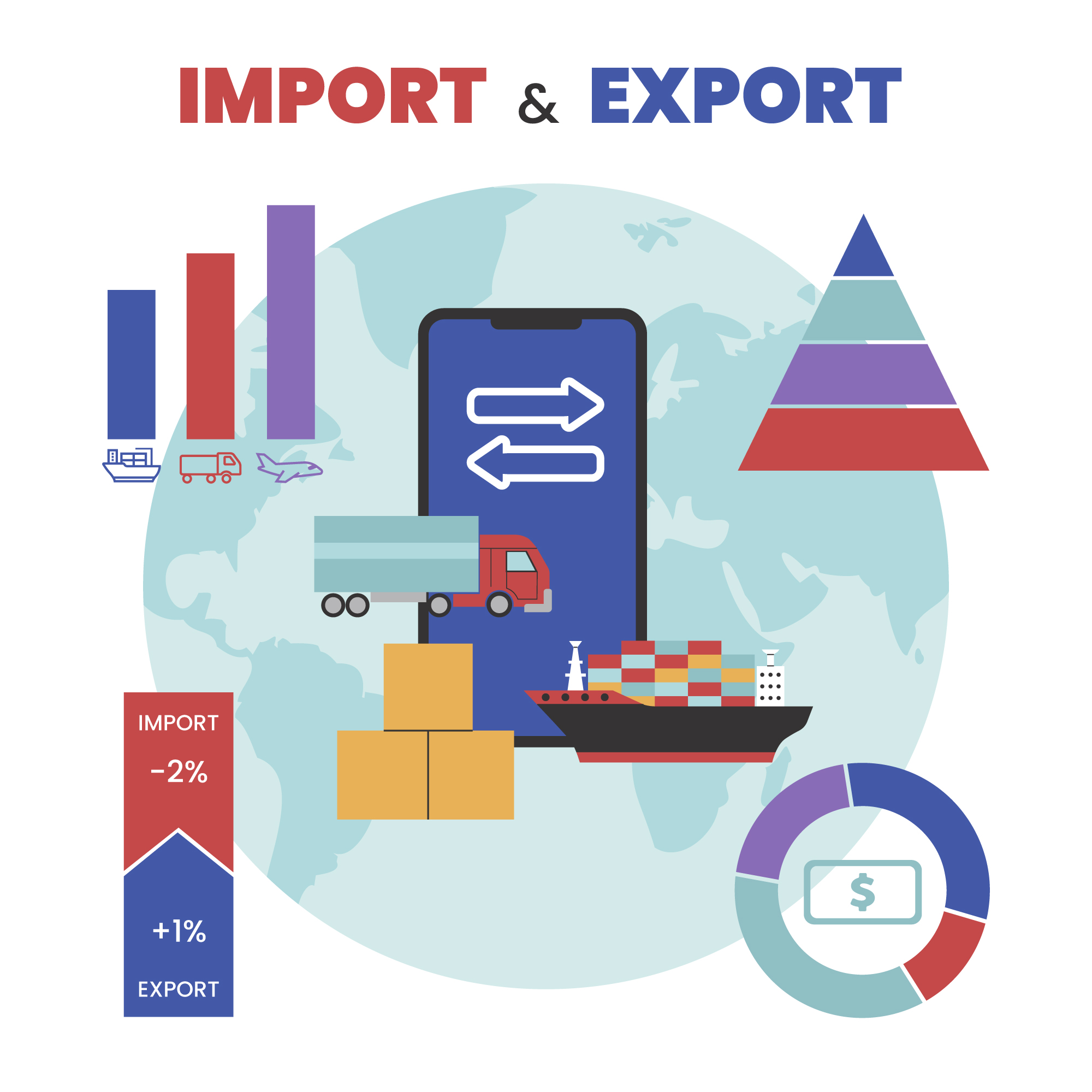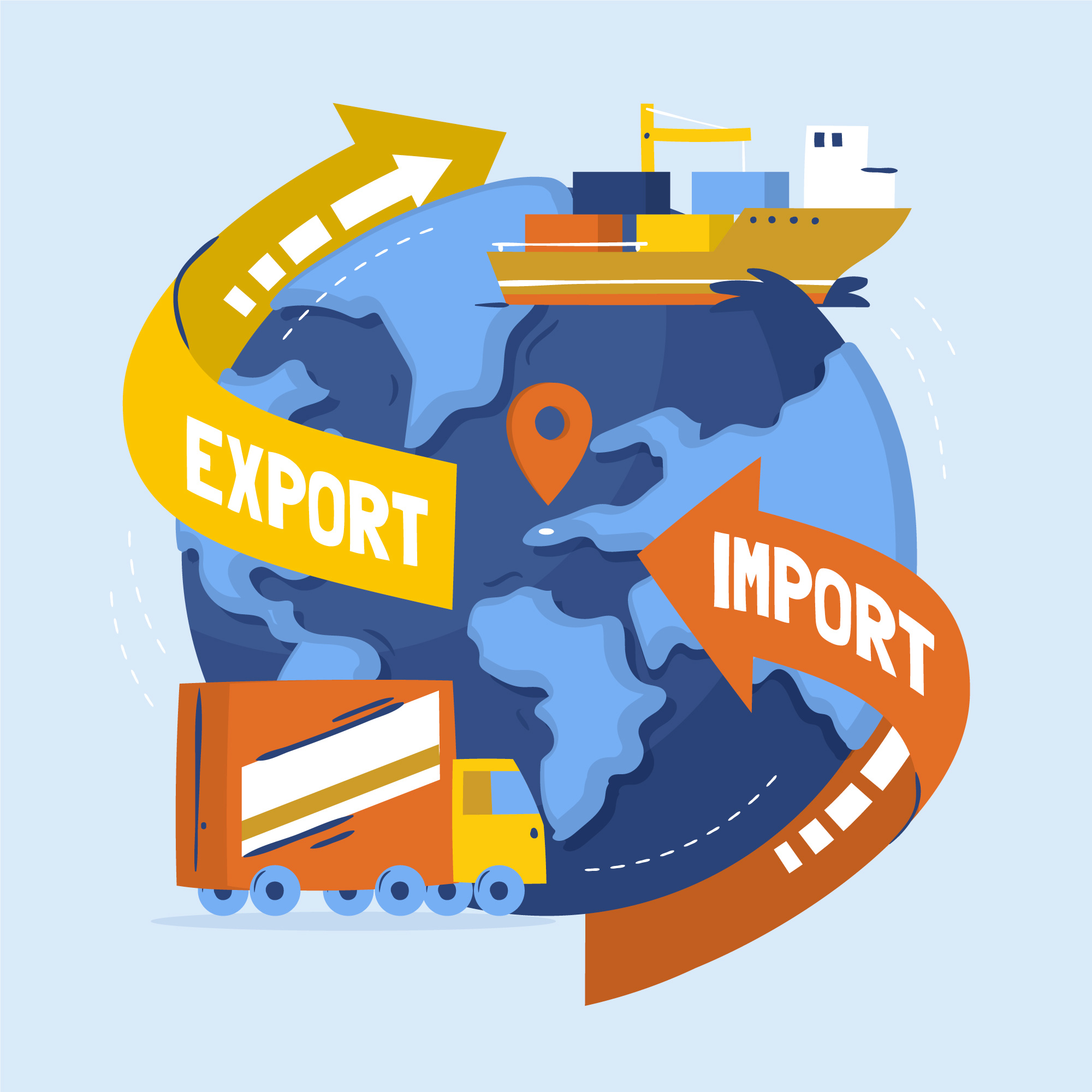Blog3
Real Estate Insights
Stay updated on market shifts and investment tips from Area 92 International.
As global commerce continues to evolve, the Middle East has emerged as a significant market for exporters seeking new opportunities. With its strategic location, diverse economies, and growing consumer base, the region presents a wealth of potential for businesses looking to expand their reach. However, entering these markets requires a well-thought-out strategy that considers local customs, regulations, and market dynamics. In this guide, we will explore key import/export strategies, logistics and supply chain management, and international trade policies that can help exporters successfully break into Middle Eastern markets.

Understanding the Market Landscape
Before diving into the Middle Eastern markets, it’s essential to conduct thorough market research. Each country in the region has its unique economic landscape, consumer preferences, and regulatory environment. Key markets such as the United Arab Emirates, Saudi Arabia, and Qatar are known for their robust economies and high demand for various goods and services. Understanding the cultural nuances and consumer behavior in these markets will enable exporters to tailor their offerings effectively.
Import/Export Strategies
Identify Target Markets: Focus on specific countries within the Middle East that align with your product offerings. Consider factors such as market size, growth potential, and competition.
Build Local Partnerships: Establishing relationships with local distributors, agents, or partners can provide valuable insights into the market and help navigate regulatory requirements. Local partners can also assist in marketing and distribution efforts.
Adapt Products to Local Preferences: Customize your products to meet the tastes and preferences of Middle Eastern consumers. This may involve modifying packaging, branding, or even product features to align with local cultural norms.
Leverage Trade Agreements: Take advantage of existing trade agreements between your home country and Middle Eastern nations. These agreements can reduce tariffs and facilitate smoother trade processes.
Logistics & Supply Chain Management


Choose the Right Shipping Methods: Depending on the nature of your products, select the most suitable shipping methods. Air freight may be faster but more expensive, while sea freight is cost-effective for bulk shipments.
Understand Customs Regulations: Familiarize yourself with the customs regulations of the target countries. Ensure that all necessary documentation is in order to avoid delays and additional costs.
Plan for Last-Mile Delivery: The last-mile delivery process can be challenging in some Middle Eastern countries due to infrastructure differences. Partnering with local logistics providers can help streamline this process and ensure timely delivery.
Monitor Supply Chain Risks: Be aware of potential risks in the supply chain, such as geopolitical tensions or economic fluctuations. Developing contingency plans can help mitigate these risks and ensure business continuity.
International Trade Policy
Tariffs and Duties: Research the tariffs and duties applicable to your products in the target countries. Understanding these costs will help you price your products competitively.
Regulatory Compliance: Ensure compliance with local regulations, including product standards, labeling requirements, and safety certifications. Non-compliance can lead to delays or rejection of shipments.
Trade Facilitation Initiatives: Many Middle Eastern countries are implementing trade facilitation initiatives to streamline customs processes and reduce trade barriers. Stay updated on these initiatives to take advantage of any benefits they offer.
Engage with Trade Organizations: Collaborate with trade organizations and chambers of commerce that focus on Middle Eastern markets. These organizations can provide valuable resources, networking opportunities, and insights into market trends.

Conclusion
Breaking into Middle Eastern markets presents a wealth of opportunities for exporters willing to invest the time and effort to understand the region’s unique dynamics. By implementing effective import/export strategies, optimizing logistics and supply chain management, and staying informed about international trade policies, businesses can successfully navigate the complexities of global commerce in the Middle East. With the right approach, exporters can tap into this vibrant market and unlock new avenues for growth and success.


